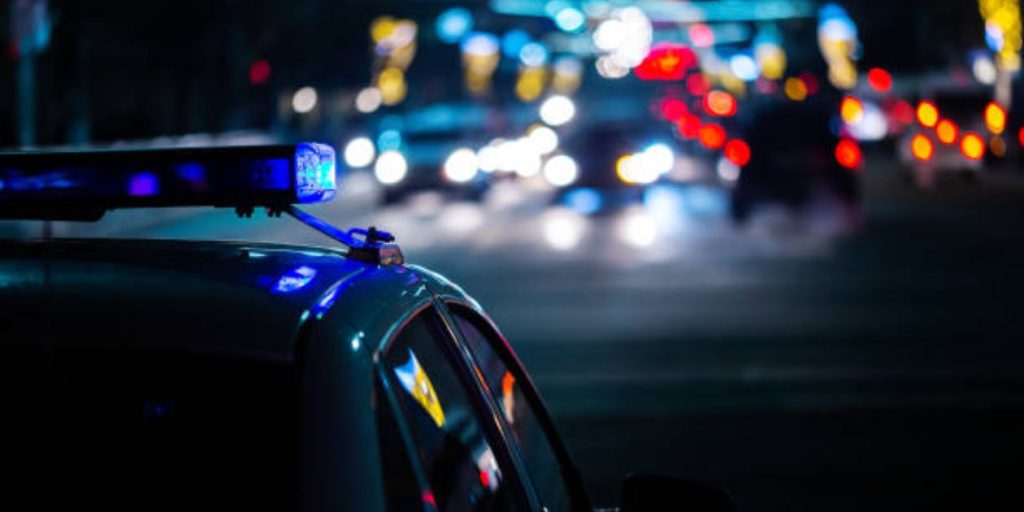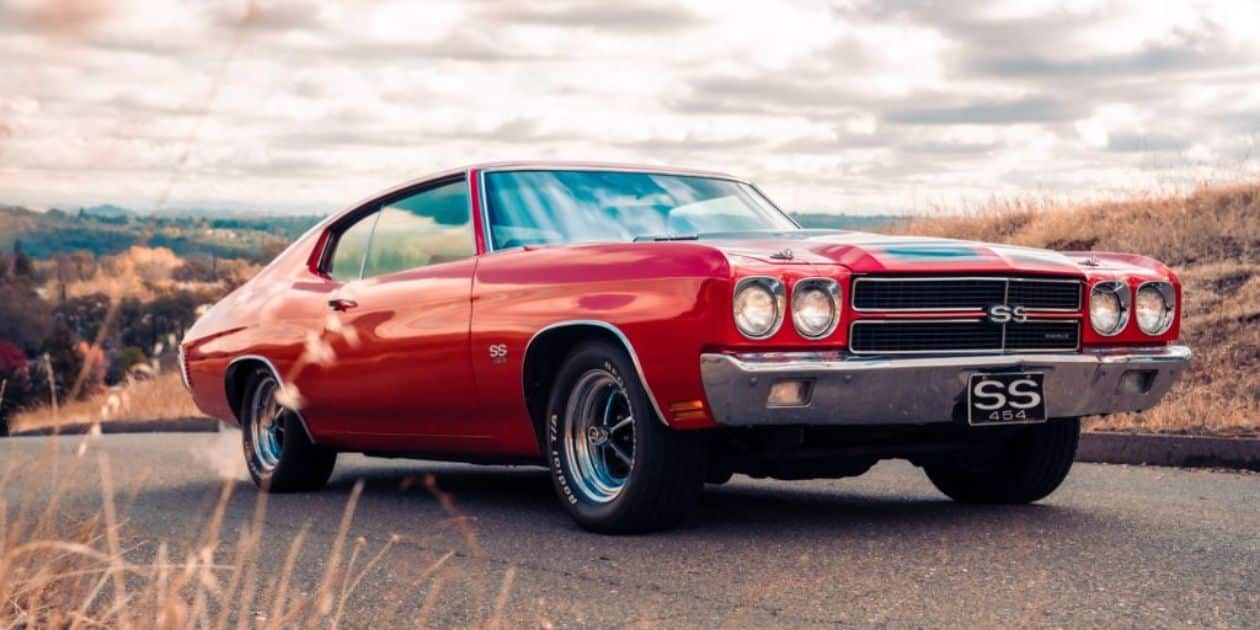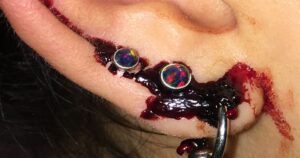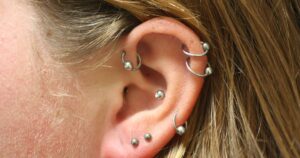When it comes to driving, there are many factors. They can affect your chances of getting pulled over by the police.
“What color car gets pulled over the most?” This question is particularly interesting because it touches on specific colors. You’re not alone if you’re curious about the answer to this question. Researchers and law enforcement agencies alike have studied the question, in fact. There is no definite answer about the association between colors and traffic violations. Some studies have suggested that certain colors may be linked to reckless driving behaviors.
The idea that certain colors of cars are more likely to be pulled over may seem surprising. So it’s important to remember that there are many other factors. These factors can influence whether or not you get stopped by the police. Obeying traffic laws and driving safely are important. It can help minimize your chances of getting pulled over, regardless of your car’s color. Keep reading this article.
The Relationship between Car Color and Traffic Stops
The relationship between car color and traffic stops has been a topic of interest for researchers, law enforcement agencies, and the general public. Police officers are more likely to pull over certain car colors. Studies have shown this. The reasons for this disparity are partially clear. But various factors may be contributing to it. This section will explore the relationship between car color and traffic stops.
Factors Affecting Traffic Stop Rates
Several factors can affect traffic stop rates, including:
Driving behavior
If drivers drive dangerously by speeding or weaving through traffic, they have a higher chance of getting pulled over.
Vehicle condition
If a car has a broken light or expired tags, cops might stop it.
Demographics
Police officers are more likely to pull over certain drivers based on their age, gender, and race.
Location
The area in which a driver is traveling can also affect traffic stop rates. For example, high-crime areas or areas with many traffic violations may have more police presence.
Car color
The researchers have suggested that the color of a vehicle plays a role in how often law enforcement officers pull it over.
Understanding these factors helps shed light on the relationship between car color and traffic stops.
Analysis of Car Color and Traffic Stop Data
Several studies have analyzed the relationship between car color and traffic stop rates.
The Florida Department of Highway Safety and Motor Vehicles conducted a study. The study found that police officers are more likely to pull over black and Hispanic drivers. Car color did not make a difference. The study found that police officers were more likely to pull over black cars than cars of other colors when looking at car colors.
The University of Dayton conducted a study. The study concluded that police officers pulled over white cars more frequently, and subsequently, they stopped gray, silver, red, and black cars. The study found that police did not significantly pull over cars of different colors at different rates.
These studies may have limitations. They may not account for other factors that influence traffic stop rates. But they give some ideas about how car color relates to traffic stops.
The Most Pulled Over Car Colors
What color car gets pulled over the most? Some studies show that certain car colors are more likely to be pulled over by police officers. The data varies, but these findings have been consistent in many studies. According to these studies, the most pulled-over car colors are:
- Black
- White
- Gray
- Silver
- Red
- Blue
It is important to note that the reasons for this disparity are partially clear. It may vary depending on location, demographics, and other factors. However, the data suggest that drivers of these car colors. Law enforcement may be more likely to stop it.
Possible Reasons for Disproportionate Traffic Stop Rates

The reasons for the disproportionate traffic stop rates among certain car colors are not clear. Several factors could be influencing it, and some suggested reasons are:
Visibility
Cars that are dark in color, like black or dark blue, may be hard to see in low-light conditions. They may get pulled over for minor issues like broken tail lights or license plate lights.
Perception
Law enforcement officers may view certain car colors as indicating potential criminal activity. This can result in increased stops and scrutiny of drivers of those colored cars.
Bias
Law enforcement officers may pull over drivers of certain car colors more frequently. This may happen due to unconscious biases and stereotypes, even if the drivers do not engage in illegal behavior.
Popularity
Some car colors, such as black or white, may be more popular. Therefore more commonly seen on the road, leading to more frequent stops.
Regional differences
Traffic stop rates may vary depending on the region, demographics, and cultural factors. Some car colors are more common in certain regions, and police officers are likely to pull over cars with those colors.
The exact reasons for disproportionate traffic stop rates among certain car colors still need to be better understood. We need to conduct more research to understand the issue fully.
Public Perception and Possible Solutions
The disproportionate traffic stop rates among certain car colors can be a source of concern for the public. It may lead to feelings of unfair treatment or bias. Some possible solutions to address this issue and improve public perception include:
Increased awareness and training
Law enforcement agencies can train officers to recognize unconscious biases and stereotypes. This can help reduce the impact of these factors on traffic stop rates. This can also include training on best practices for traffic stops. We ensure that we conduct them in a fair and unbiased manner.
Data transparency
Law enforcement agencies can be more transparent. They can do this by sharing data on traffic stops, including demographics, car color, and location. This can help to identify any potential patterns or biases in traffic stops.
Community engagement
Law enforcement agencies can engage with the community to better understand their concerns and build trust. This can include town hall meetings, community policing initiatives, and other outreach programs.
Technology solutions
Using technology can help to reduce bias in traffic stops. Some law enforcement agencies have license plate readers or automated traffic cameras. These tools help detect traffic violations and reduce the need for discretionary traffic stops.
Research
Further research can help to understand the reasons for disproportionate traffic stop rates among certain car colors. The research can also identify potential solutions to address the issue.
Law enforcement agencies can implement solutions to improve public perception. These solutions can ensure that police officers conduct traffic stops fairly and without bias.
Conclusion
It is a widely circulated myth that certain colors of cars are more likely to be pulled over by law enforcement. However, many studies and statistics have proven this notion to be false. What color car gets pulled over the most? The color of a vehicle is not a determining factor for police officers when they pull over a car. Law enforcement officers don’t pull over a vehicle solely based on speed. They consider various factors before making a decision. Factors include erratic driving behavior and violations of traffic laws.
The police won’t pull you over based on the color of your car, so it doesn’t matter if you remember it or not. The color of a car is only a fun conversation starter. To avoid getting pulled over, you should drive safely, follow traffic laws, and obey speed limits.






